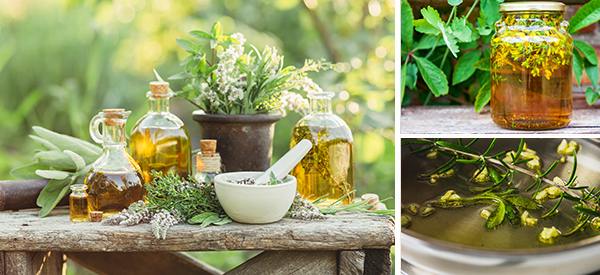
How to Make Infused Oil for Your Herbal Apothecary
Learning how to make herb-infused oils is just one of the first things beginners learn in herbalism.
An infused oil is extracting the medicinal chemical compounds out of dry plant material by soaking it in oil. Put simply, some of the chemical compounds are dissolved in the oil. This is a great method for preserving the medicinal properties of a plant for longer.
Considerations for making an infused oil
When considering what plant material to infuse into oil, there are a few questions you should ask yourself first;
- What are the active medicinal compounds that you are trying to extract? This will allow you to determine the best extraction method.
- Is the active medicinal compound polar or non-polar? This means non-polar compounds are soluble in oil because most oils are also non-polar. Polar compounds, on the other hand, are water or alcohol soluble. Bear in mind, that polarity is not black and white, but more like a gradient; some compounds are more polar than others. In addition to this, small amounts of slightly polar compounds may still dissolve in the non-polar oil (and vice-versa) due to the way they structure themselves at the molecular level. For example, most disaccharides are soluble in water but small concentrations can be extracted via oil due to their molecular structure.
- Where are the active medicinal compounds located within the plant? Leaves, flowers, seeds, and roots can all be dried and used in an oil infusion but you should check that the active medicinal compound is present within these parts and not the flesh. It is not recommended to infuse dried fruit in oil, since it is impossible to remove enough moisture from the flesh of the fruit which introduces water into your oil-based remedy and therefore increases the risk of mold or botulism.
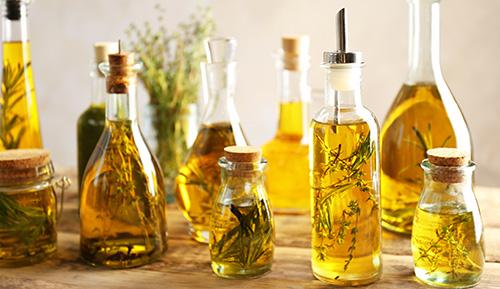
- Which carrier oil should be used? Consider the intended application of the oil and how long you want to store it for, since this will influence the type of carrier oil you use. Olive oil has a long shelf-life whereas avocado and grapeseed oil goes rancid quickly. Some oils, such as soybean oil, penetrate deeper into the skin layer, whereas coconut oil moisturizes the surface.
- How long should it infuse for? In DIY scenarios, particle size usually dictates how long it takes to infuse into the oil. A finely ground powder has a greater surface area than shredded plant material, so the powder will dissolve quicker into the oil. Technically, compounds with a higher molecular weight will take longer to extract, but the relationship between molecular weight and time taken for extraction is not a linear one. For example, pyrethrum is almost 5 times heavier than menthol but it doesn’t take 5 times longer to extract. Most studies show that an hour is sufficient for most plant-sourced compounds when they are finely ground and combined with heat, but it can be stretched to 3 hours for coarser plant material and “heavier” compounds.
- Will the active medicinal compound be destroyed by moderate heat? Ideally, an infused oil should be heated between 86 – 122° F (30 – 50° C). At this temperature, the volatile and aromatic oils in the plant material can be extracted without significant damage. Some compounds such as vitamin C are completely destroyed by heat, while others, like allicin, start to degrade at temperatures above 117° F (47° C).
- What will the oil be used for in the future? Making balm requires heating the oil to 147° F (64° C) in order to melt the beeswax. Some compounds may be sensitive to this higher heat. For example, plant-based sterols begin to degrade when heated above 150° F (65° C), so if you want to make a balm with an infused oil with the intent to retain the sterols, keep a close eye on the temperature when melting the beeswax.
Oil-soluble compounds
The following is a list of compounds that are non-polar and therefore able to be extracted into warm oil;
- Polysaccharides are only soluble in oil and include substances like starch, glycogen, cellulose and chitin.
- Vitamin A, D, E and K, including their precursors such as carotenoids and tocols.
- Menthol found in the mint family
- Pyrethrum found in chamomile
- Iodine found in seaweed

- Sulfides found in onions and garlic.
- Allicin starts to break down when heated above 117° F (47° C). Therefore, if you decide to use an allicin infused oil to make balm, then the allicin will be further reduced when the oil is heated up to 150° F to melt the beeswax.
- Some caffeine derivatives such as aniracetam and to a lesser extent, theobromine, found in coffee and tea.
- Carnosic acid and carnosol are the oil-soluble compounds found in rosemary, whereas rosemarinic acid is actually more soluble in water.
- Essential oils (otherwise known as volatile oils) including their terpenes such as eugenol, linalool, thymol, cinnamaldehyde, limonene, eucalyptol, carvacrol and camphor. Thymol concentrations are 10 times higher when extracted via oil compared to hot water. Terpenoids have an extra oxygen attached compared to terpenes, which make them slightly more polar, but can still be extracted in oil in small concentrations.

- The few amino acids that are non-polar and therefore soluble in oil include alanine, glycine, isoleucine, leucine, methionine, phenylalanine, proline, tryptophan and
- Curcumin found in turmeric should ideally be paired with peperine, to increase its absorption.
- Peperine found in the pepper family.
- Crocetin found in saffron.
- The concentration of capsaicin, found in the chili pepper family, was doubled when extracted via oil compared to hot water.
- Gingerol found in the ginger family.
- Fatty acids such as lauric acid, Stearic acid, palmitic acid, oleic acid and linoleic acid (omega 3 and 6).

- Salicylic acid which is the active ingredient in aspirin and found in willow bark is more soluble in oil than water. For salicylic acid to dissolve in water, the water must either be boiling, or have a pH of 3.
- Serotonin is technically a non-polar compound due to its hydrocarbon rings, but it can act as a polar compound due to the molecular structure and the presence of amino and hydroxyl groups.
- Steroids
- Most flavonoids are polar, but some oil soluble flavonoids include luteolin and fisetin. Some flavonoids are only weakly polar, so it may be possible to extract small concentrations depending on the pH and temperature.
- In general, non-polar extracts have a lower concentration of antioxidants than polar extracts.
Method for infusing oils
So now that you know what you want to extract into the oil, it’s time to start the process.
There are two main methods for infusing oils; the solar and double boiler methods. I personally find the solar method good in the summer, but only for compounds that aren’t UV sensitive. The more reliable and stable method is with a double boiler, which is outlined below.
Ingredients:
- 1 cup of carrier oil (this can be a blend of different oils)
- Half a cup of dried plant matter (the finer, the quicker it will take to infuse)

Method:
Place the oil and the dried plant matter in a glass jar and make sure all of the plant matter is submerged in the oil. Screw the lid on and sit it in a pot of warm water. Today I’m infusing dried chamomile flowers in olive oil to extract the pyrethrin for DIY tick treatment, so the water only needs to be between 86 – 104° F (30 – 40° C).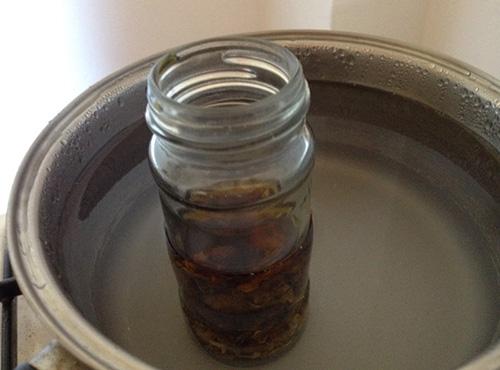
Leave the jar in the pot of warm water for 1 hour if you are using powdered chamomile flowers, or 3 hours if you are using whole, dried flowers like I am. Shake every 20 minutes or so. The oil will darken as the compounds from the chamomile dissolve in it.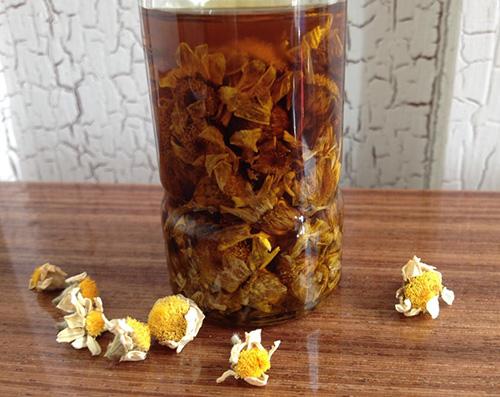
Strain, label, and store in a dark, cool cupboard for up to a year.
Storage of Infused Oils
- Protect the oil from heat and light.
- While they can be safely stored at room temperature, the quality will be even better for a longer period if stored in a pantry, refrigerator or freezer.
- Dark-colored bottles will protect the oils from light. Make sure the bottles or jars are clean
How To Make a Tincture Using Apple Cider Vinegar Instead of Alcohol
What You Must Do Immediately After Identifying Coltsfoot (Video)
How To Properly Dry Plants for Medicine
How Long Do Dried Herbs, Ointments, Syrups and Tinctures Last?








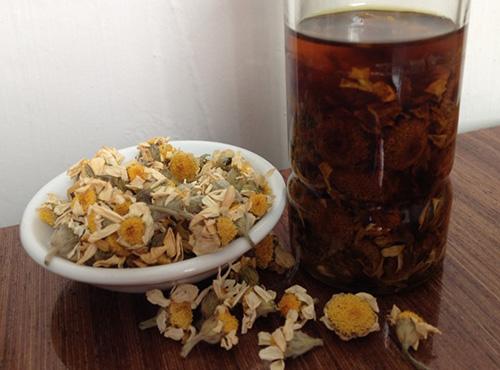
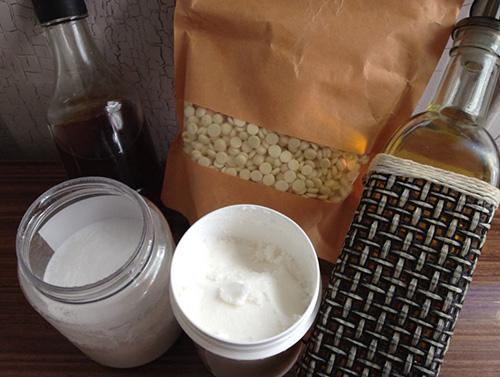
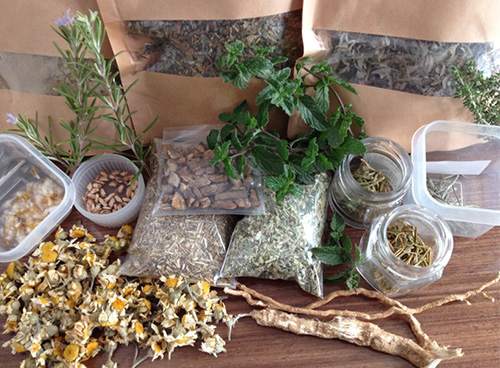
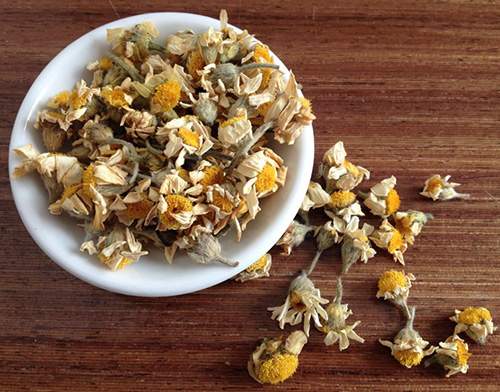
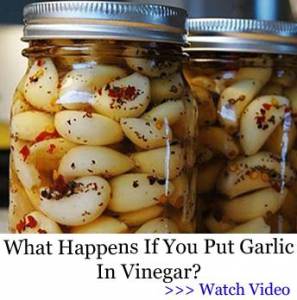
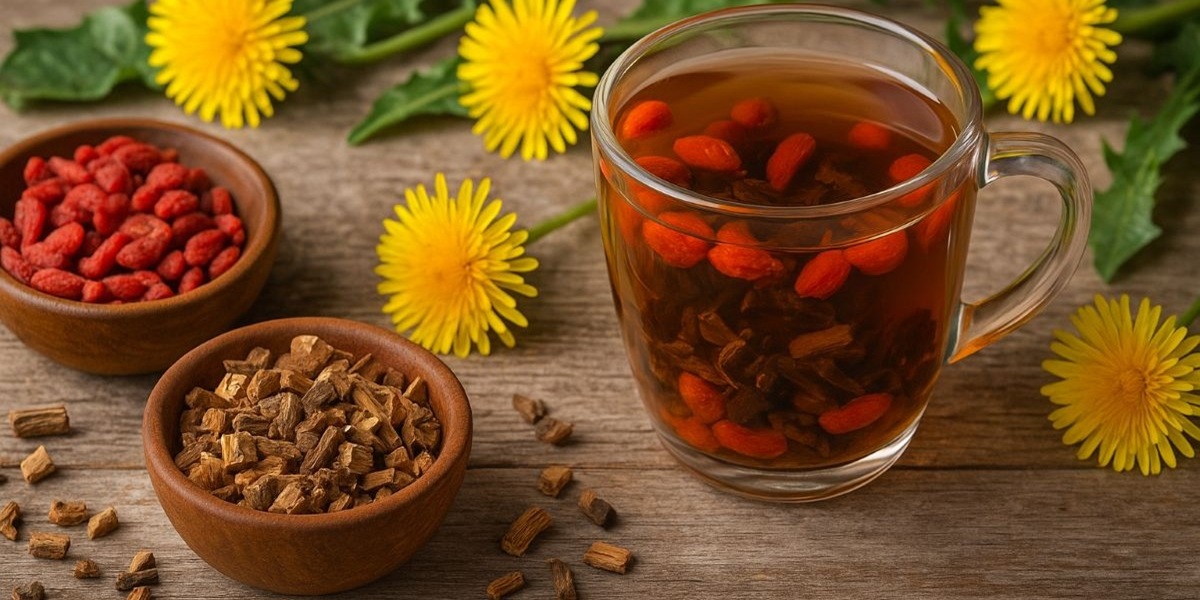
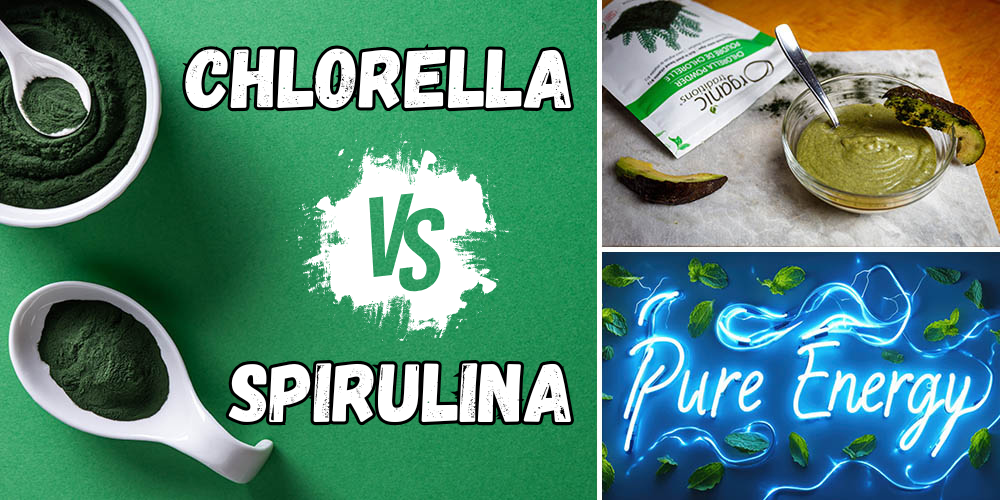
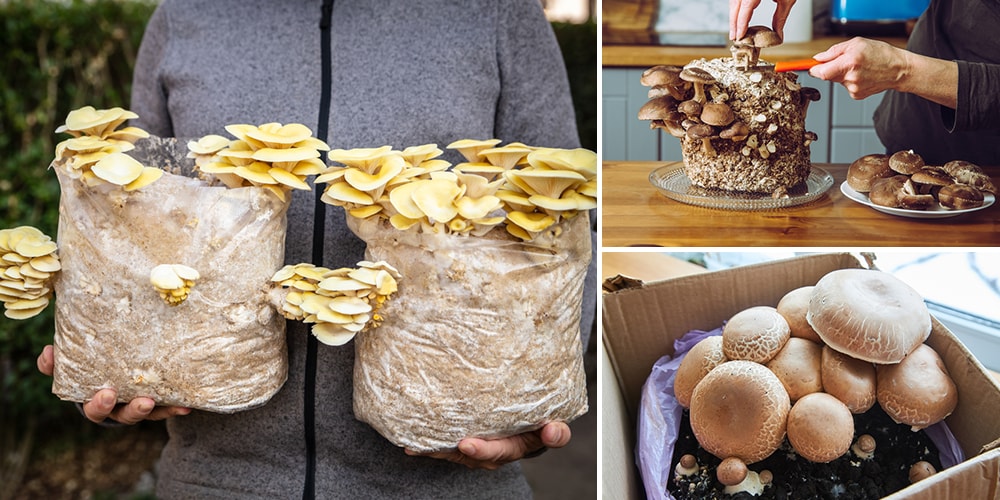
What is the best method to extract CBD from hemp?
I’m looking for this answer too
Hi,
If you’re looking to make CBD oil at home, you’ll need just two ingredients: CBD hemp flower and a carrier oil such as MCT oil, hemp seed oil, or olive oil.
The article below will offer you a detailed recipe:
https://cfah.org/how-to-make-cbd-oil-at-home/
I hope this helps.
Many blessings and good health!
Thank you so much!
Blessings, Wendy
Wonderful information, thank you
Great article, thank you! I am trying to figure out if I can dissolve Magnesium Chloride flakes in oil? Typically they are added to water to make a Magnesium Oil Spray. I find it so odd that Magnesium + water makes an oil! However, I want to use the Magnesium in a muscle rub salve, no water. Any advice? Sara
Magnesium chloride is a polar compound and as should should not dissolve in oil. Many many years ago people discovered that if they treated fats or oils with sodium or potassium hydroxide they could create a substance that lived in both worlds polar and non-polar. It was thus able to bring those worlds together and make it possible for water to bind non-polar compounds. This process is known as saponification. You may know it as soap. Although I have not tried it, you may find that some mixture of oil and soap will absorb your magnesium chloride. Good luck.
Hi, I have a comment, why did you write that Polysaccharides are only soluble in oil. From what I have study they are soluble in water, that is why medicinal mushrooms needs to be extracted in water.
Hello, I cannot thank you enough for writing about which plant compounds are soluble in oil. I have been wanting to make skin care products using a maceration of plant material in oil. I have looked high and low for books or articles on how to know which plants are oil soluble and which are water/ethanol soluble. THANK YOU! Any other books or suggestions for additional reading enrichment are so appreciated!